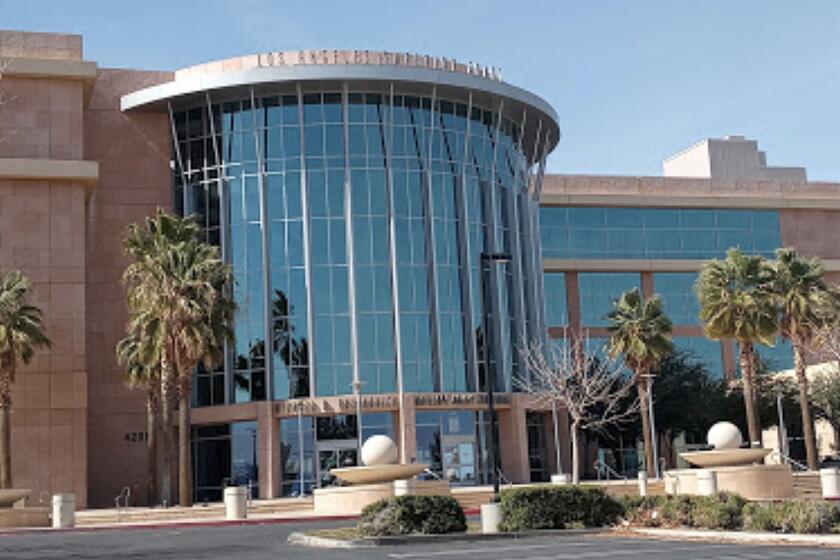Mushrooms Poison 9 in Northern California
- Share via
SAN FRANCISCO — A proliferation of poisonous wild mushrooms has sickened at least nine people in Northern California, with three victims in intensive care Wednesday facing possible liver transplants.
The most seriously ill were felled by the death cap mushroom, known as Amanita phalloides, which can destroy the liver.
One hospitalized victim is Sam Sebastiani Jr., 31, a member of the Sebastiani wine family.
Last year, 13 people were poisoned by wild mushrooms in the region, including a farm worker who died and a Taiwanese immigrant who needed a liver transplant.
“It is our strong recommendation that people not pick and eat wild mushrooms,” said Rose Ann Soloway of the American Assn. of Poison Control Centers.
Experts say the death cap has flourished on the West Coast in recent years, extending its range from Fresno to Washington state.
Dr. William Freedman, head of the toxicology committee of the San Francisco Mycological Society, warned last summer that the mushroom was spreading and that poisonings would inevitably follow.
“They are coming up this year in places they never did before,” Freedman said Wednesday. “People must understand that the pretty white-and-green mushroom that looks so good and tastes so good will kill.”
Some experts say heavy rains are responsible for the death cap bumper crop, but Freedman said the mushroom threat has been growing for several years, and no one is certain why.
“The only thing I can suggest is planetary warming,” he said. “The mean annual temperature determines the growth of plants, and an increase of only 1 degree can make a big difference.”
The San Francisco Bay Area has been especially hard hit.
The UC San Francisco Medical Center has three mushroom poisoning victims facing possible liver transplants, including Sebastiani.
“He’s in pretty rough shape at the moment,” said his father, Sam Sebastiani Sr., 56.
UCSF spokesman Bill Gordon said the cases spring from four incidents since Dec. 28.
The death cap, especially in some of its growth stages, can be confused with edible mushrooms, Freedman said.
More to Read
Sign up for Essential California
The most important California stories and recommendations in your inbox every morning.
You may occasionally receive promotional content from the Los Angeles Times.










